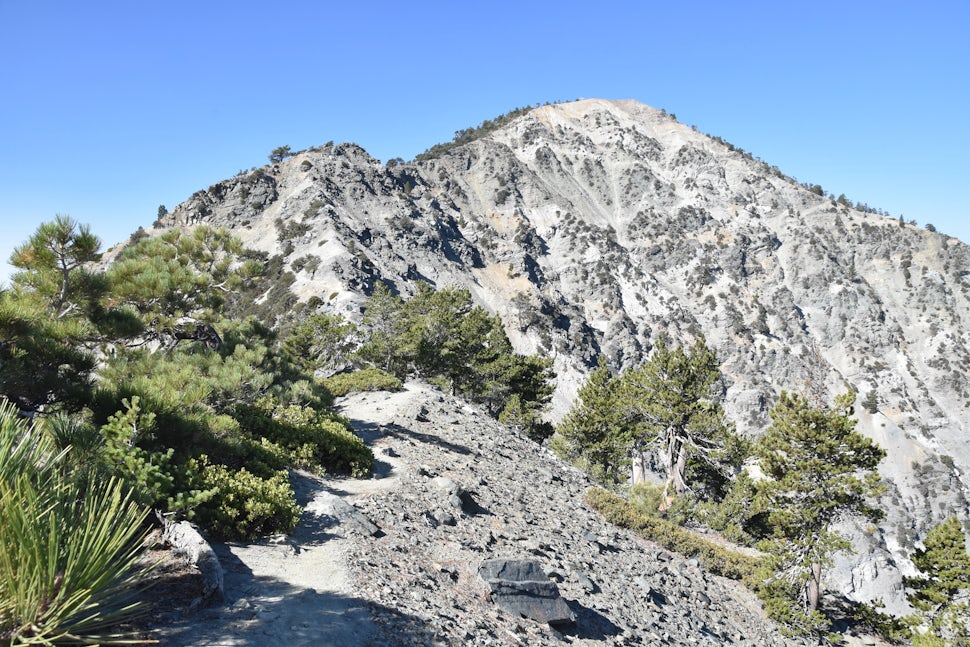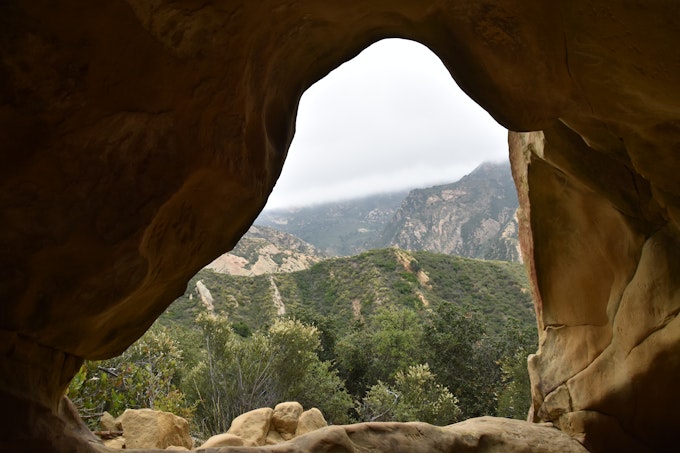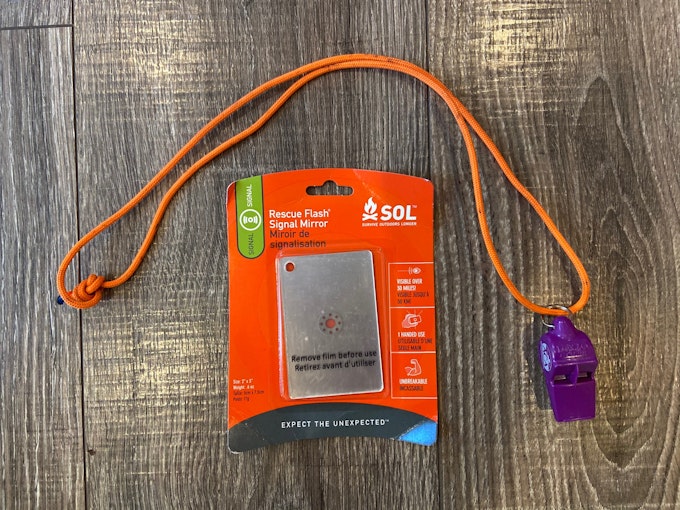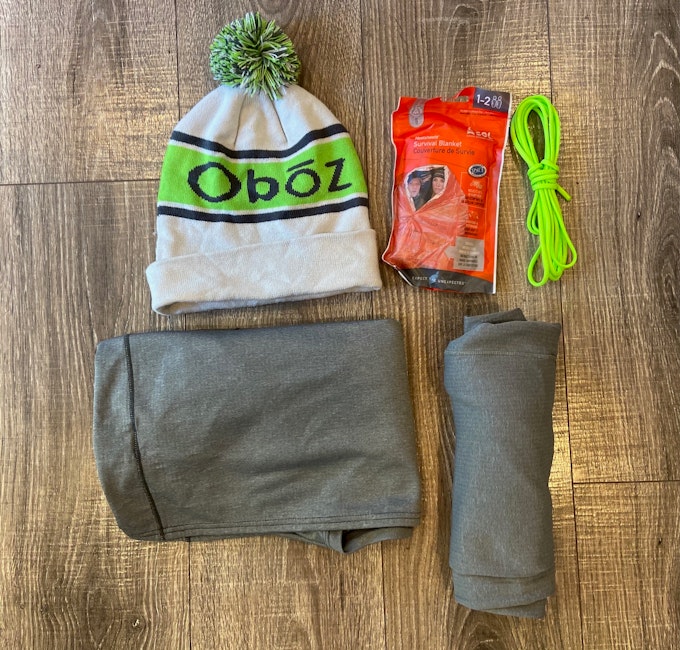10 Essentials for Survival in the Outdoors
Be prepared to get through any life-threatening outdoor scenarios you're least expecting.

Picture this, it’s late afternoon, mid 70’s temperature and you decide to go hike one of your favorite local trails. You did not think of packing more than just your water bottle and headlamp for this 6-mile hike because you were in a hurry to watch the sunset from the top of the mountain. You get to the top to enjoy the magnificent sunset.

Unexpectedly, the weather turns on you and you must seek shelter from a summer hailstorm. You managed to find an area with rocks and a big canopy covering about a quarter of a mile from the trail. It’s dark now, the air temperature has dropped, and you realize your headlamp batteries are not fully charged.
What’s next?
S.T.O.P.
(Stop, Think, Observe and Plan)
We don’t know who coined this acronym, but it is widely used in search and rescue education, survival classes among other places. Some people like to keep a laminated copy of this with them or a picture on their cell phone. You Stop hiking and stay calm. You Think about what you know and recreate the last hour or two in your mind. You Observe what is near you and inventory your resources. You Plan your next steps.
Back on the mountain top your priorities are water, food, environment, and getting found or staying safe until the morning. Use your gear to treat water to make it safe to drink, build a shelter with your space blanket and parachute cord, stay dry and warm by putting on more layers and starting a fire (if it is safe to do). Use your signaling devices to grab other people’s attention, such as blowing your whistle.
This S.T.O.P. protocol would be the ideal scenario if you packed the ten essentials (yes, even on a short day-hike on a familiar trail).
Emergency Kit/Survival kit/10 essentials:
1. Navigation: Topographic Map and a Compass (optional GPS)
2. Headlamp/flashlight with spare batteries
3. Sun Protection
4. First Aid Kit
5. Multifunction Tool (should include a blade, among others)
6. Fire starter and matches/lighter. This can be a small kit. Toilet paper tube with dryer lint stuffed in it and waterproof matches.
7. Clothing and Shelter (extra layers, space blanket, others)
8. Food
9. Water (3-4 liters in 2 different containers) and Water Treatment Tool
10. Communication and Signaling device (cellphone, mirror, whistles, others)
+1 Your brain!



Summary and tips:
- Tell a responsible person where you are going and when you are expecting to be back.
- Stay warm and dry while waiting to be found.
- Find water and treat the water to make it potable.
- Learn basic first aid skills and map and compass navigation skills before your next outdoor adventure.
- Pack essential items, even on short outdoor adventures.
Cover photo: José Gonzalez
We want to acknowledge and thank the past, present, and future generations of all Native Nations and Indigenous Peoples whose ancestral lands we travel, explore, and play on. Always practice Leave No Trace ethics on your adventures and follow local regulations. Please explore responsibly!
Do you love the outdoors?
Yep, us too. That's why we send you the best local adventures, stories, and expert advice, right to your inbox.








